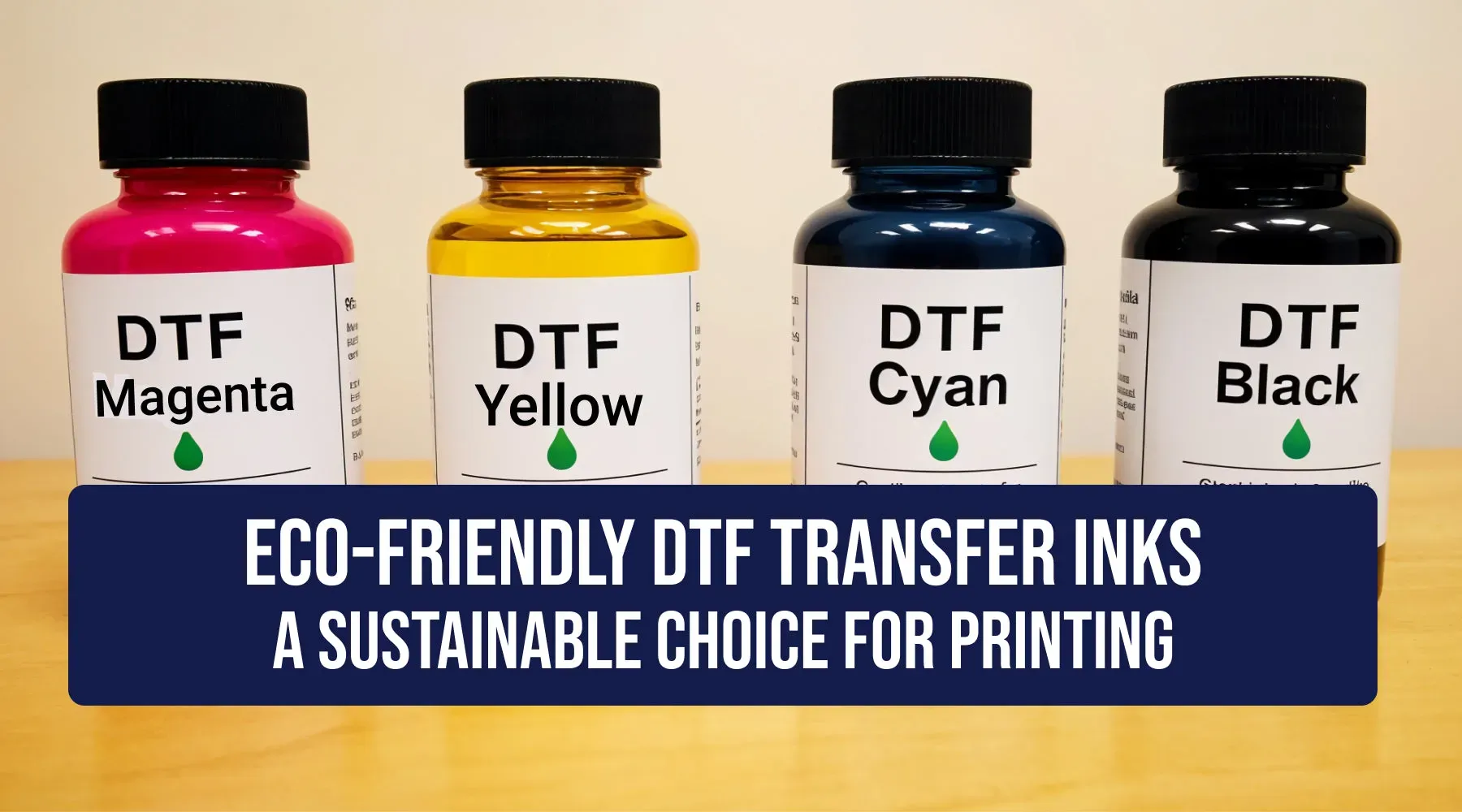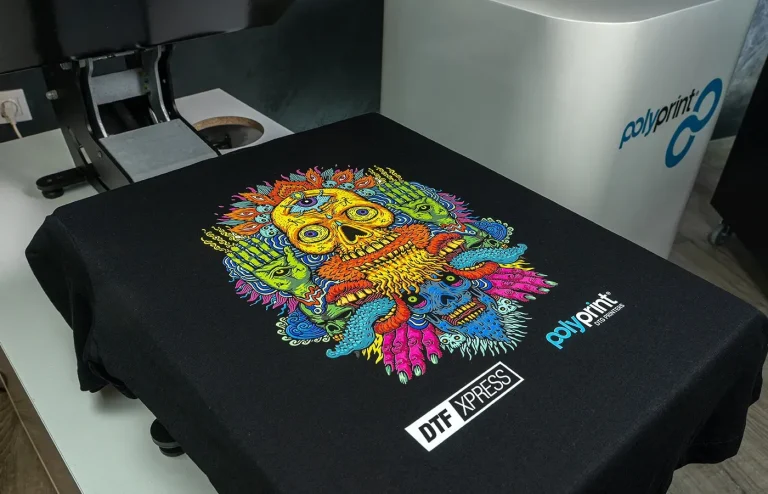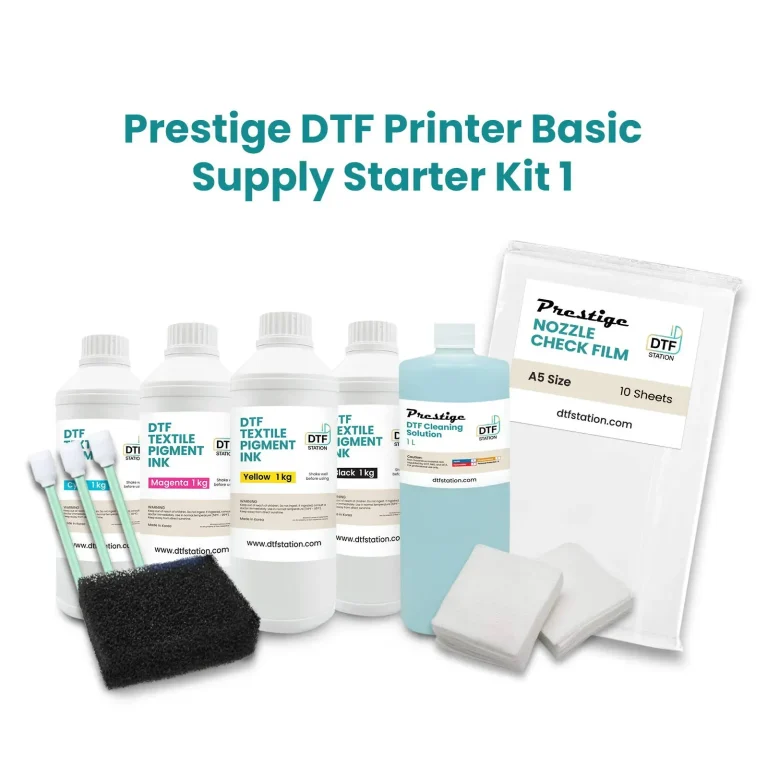Eco-Friendly DTF supplies for Sustainable Printing
Eco-Friendly DTF supplies are reshaping how brands print with care, blending high-quality results and responsible production. By choosing eco-friendly inks for DTF, studios can maintain vibrant colors while reducing emissions and waste. Smart options extend beyond ink to transfer films, adhesives, and recyclable packaging that support a cleaner workflow from setup to finish, while also encouraging supplier transparency and audit-ready documentation. This mindful approach helps you meet client expectations for sustainability without sacrificing speed or durability, and it can streamline compliance with brand standards, retailer guidelines, and environmental regulations. If you’re upgrading your toolkit, starting with these eco-conscious supplies and a plan that prioritizes responsible materials can pay dividends in performance and brand trust.
In practical terms, this approach translates to greener garment decoration through materials and processes that minimize environmental impact. Think of it as responsible textile printing that emphasizes low-VOC inks, recyclable films, and energy-efficient workflows. A shift toward circular packaging and supplier transparency helps designers and printers align with ethical standards. By framing your choices around life-cycle thinking—from raw materials to end-of-life disposal—you can maintain quality while pleasing eco-conscious clients.
Eco-Friendly DTF Supplies: Choosing Ink, Film, and Adhesives for Low-VOC Printing
Eco-Friendly DTF supplies begin with a careful selection of inks, transfer films, and adhesives that minimize volatile organic compounds (VOCs) while preserving vibrant color and wash-fastness. By prioritizing eco-friendly inks for DTF and low-resin transfer films, studios can reduce odor and improve workspace safety without sacrificing print quality. This approach also aligns with sustainable printing options, enabling a cleaner production line from setup to finish.
To build a responsible workflow, start with small-scale testing of your DTF printing supplies across a representative range of fabrics. Track color accuracy, release performance, and residue on the film, then compare against traditional materials. A deliberate pilot helps you quantify environmental benefits while maintaining the reliability your clients expect from green printing materials and water-based inks for textiles when appropriate.
DTF Printing Supplies: Core Components for a Sustainable Studio
DTF printing supplies form the backbone of an eco-conscious studio, including a printer capable of handling eco-friendly inks for DTF, a reliable curing step, transfer films, powders, and adhesives. Selecting inks with lower VOCs and better wash-fastness, alongside films with reduced resin content, creates a more sustainable production loop without compromising color density or durability.
A sustainable setup also means evaluating the lifecycle of each component—from supplier sustainability programs to end-of-life handling. Look for DTF printing supplies that come with recyclable packaging, refillable ink options, and transparent information about material inputs. This emphasis on transparency and recyclability aligns with green printing materials and supports a broader commitment to sustainable printing options.
Sustainable Printing Options: Balancing Quality, Cost, and Responsibility
Sustainable printing options span a spectrum from premium eco-friendly inks for DTF delivering studio-grade color to more economical green printing materials that still meet environmental goals. Understanding lifecycle impact—from raw material sourcing to waste disposal—helps you choose options that align with both budget and environmental values.
Pilot programs are a practical way to compare eco-friendly DTF supplies with traditional materials. Monitor color vibrancy, wash durability, worker safety, and waste output. Documented pilots create a reusable framework for scaling sustainable printing options across future projects and communicating value to clients seeking responsible production.
Green Printing Materials and Packaging: Reducing Footprint from Fabric to Finish
Green printing materials encompass textiles certified for lower environmental impact, such as organic cotton or recycled polyester blends, which respond well to DTF techniques. Pairing these fabrics with eco-friendly inks for DTF can yield impressive results while staying aligned with environmental standards.
Packaging and logistics also matter. Seek DTF printing supplies that use recyclable or compostable packaging and suppliers that minimize plastic use or offer take-back programs. Small shifts, like refillable ink bottles and bulk purchasing, reduce waste and strengthen your studio’s commitment to green printing materials across the entire product lifecycle.
Water-Based Inks for Textiles: Performance, Safety, and Environmental Benefits
Water-based inks for textiles are increasingly popular for their lower odor and easier disposal, making them a strong option for studios pursuing sustainable printing options. These inks can deliver vibrant results on cotton and blends while simplifying cleanup and reducing health risks in the workshop.
When evaluating water-based inks, consider rheology, drying times, cure temperatures, and compatibility with your DTF films and press. Conduct side-by-side tests against conventional inks to understand trade-offs in color density and throughput, ensuring you maintain high-quality outcomes while improving the studio’s environmental profile.
Sourcing, Workflow, and Quality Assurance for Eco-Conscious DTF Printing
A strong eco-conscious DTF workflow begins with careful supplier selection, emphasizing environmental responsibility, transparency, and third-party verification. Ask about material inputs, supply chain ethics, and certifications to build a foundation for sustainable printing options that stakeholders can trust.
Quality assurance and ongoing education are essential. Calibrate color management, optimize print settings for eco-friendly inks for DTF, and maintain the heat press to minimize waste from misprints. Regular wash tests across fabrics and clear documentation help demonstrate the long-term value of sourcing eco-friendly DTF supplies to clients and partners.
Frequently Asked Questions
What are Eco-Friendly DTF supplies and why are they important for sustainability in a print shop?
Eco-Friendly DTF supplies include low-VOC inks for DTF (often water-based inks for textiles), thinner transfer films, and recyclable packaging. Using these reduces waste and emissions, supports sustainable printing options, and helps maintain print quality and workplace safety in your studio.
How can I choose eco-friendly inks for DTF that deliver strong color and durability?
Look for eco-friendly inks for DTF that balance wash-fastness and vibrant color, ideally water-based or hybrid systems. Run side-by-side tests on your target fabrics, verify compatibility with your printer and transfer films, and consider total cost and waste impact to ensure sustainable printing options.
What role do transfer films and adhesives play in sustainable DTF printing supplies?
Transfer films with lower resin content and adhesives formulated for reduced odor contribute to greener DTF printing supplies. Pair these with recyclable or recycled packaging and verify supplier transparency to align with green printing materials and overall sustainability goals.
What should I know about water-based inks for textiles in the context of sustainable printing options?
Water-based inks for textiles reduce odor and hazardous components while offering decent color density on cotton and blends. Consider drying times, cure temperatures, and fabric compatibility, and perform tests to compare with traditional inks within a sustainable printing options framework.
How can I source eco-friendly DTF supplies responsibly while minimizing waste?
Establish supplier criteria focused on environmental responsibility, ask for environmental impact statements and life cycle data, and prefer vendors with closed-loop packaging, sample programs, and recyclable or refillable packaging—all central to responsible DTF printing supplies and green printing materials.
What certifications or evaluations help verify eco-friendly DTF supplies?
Seek third-party certifications (e.g., OEKO-TEX) and request life cycle assessments and material safety data. Verified transparency about raw materials and production processes strengthens confidence in eco-friendly DTF supplies and supports sustainable printing options.
| Aspect | Key Points |
|---|---|
| Sustainability focus | Eco-friendly inks, transfer films, adhesives, and packaging; emphasis on a full supply chain for responsible production. |
| Ink options | Eco-friendly inks for DTF with reduced VOCs; often water-based or hybrid systems; aim for wash-fastness, color vibrancy, and waste minimization. |
| Transfer films | Thinner films designed to reduce plastic usage without sacrificing release; prefer recycled or recyclable backing materials and packaging. |
| Materials & packaging | Backings and packaging are increasingly recycled or recyclable; seek transparency about raw materials and third-party certifications. |
| Lifecycle & supply chain | Supplier sustainability programs, end-of-life handling, and certifications (e.g., OEKO-TEX) to verify lower environmental impact. |
| Core supplies | DTF printer, curing/heat-press, transfer films, powders, and adhesives with eco-friendly inks to reduce VOCs and resin content. |
| Alternative inks | Water-based inks for textiles offer lower odor and potentially safer handling; weigh trade-offs like drying times and color density. |
| Sustainable printing options | Premium eco-friendly inks and economical green materials; evaluate lifecycle impacts from raw materials to disposal. |
| Sourcing & testing | Pilot tests with a curated set of eco-friendly supplies; request samples and perform controlled fabric tests. |
| Workflow & QA | Maintenance, color management, calibration, and wash tests; document results and continually improve processes. |
| Trends & future | Biodegradable/compostable transfer films, energy-efficient curing, take-back programs, and greater transparency. |
Summary
Eco-Friendly DTF supplies are the cornerstone of a sustainable printing approach, blending high-quality results with responsible production. By choosing eco-friendly inks for DTF with low VOCs and pairing them with green transfer films and recyclable packaging, studios can minimize environmental impact without sacrificing performance. A holistic workflow—from transparent sourcing and third-party certifications to end-of-life handling and waste reduction—supports responsible practices across the product lifecycle. Embracing ongoing innovations in biodegradable films, energy-efficient curing, and supplier stewardship helps ensure your operation stays competitive and aligned with growing consumer demand for sustainable apparel. As the industry evolves, staying informed about new eco-friendly solutions and maintaining open supplier relationships will empower your business to grow with sustainability at its core.






